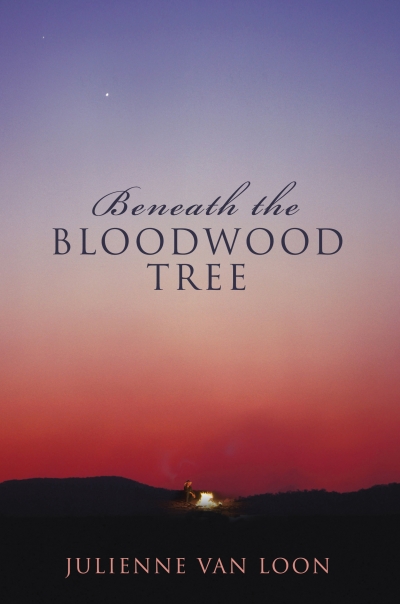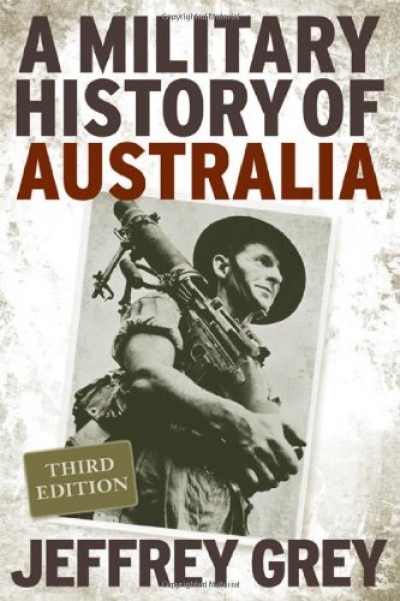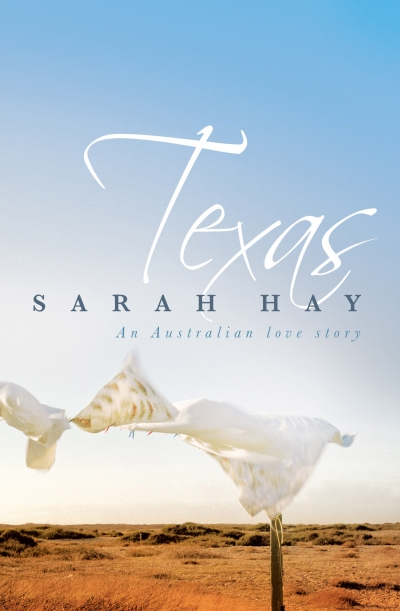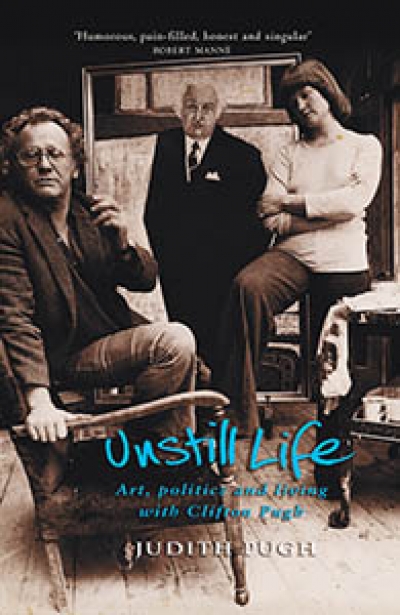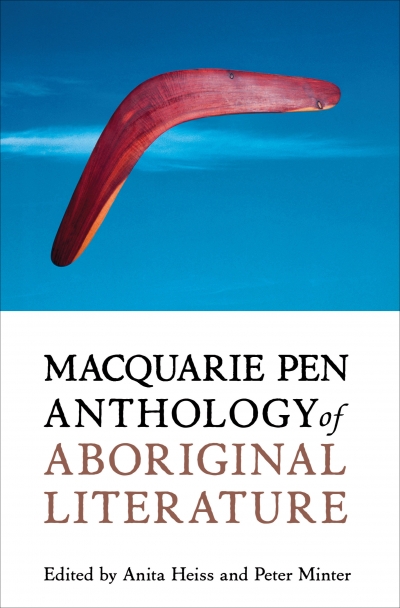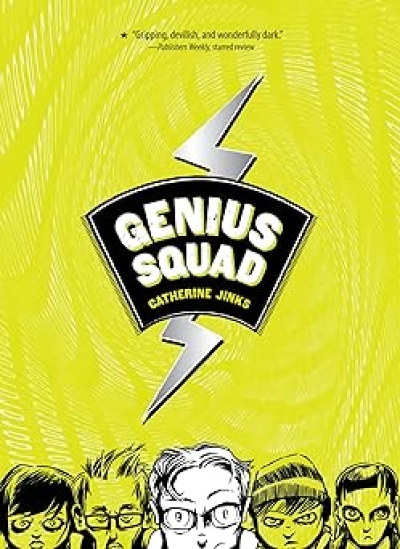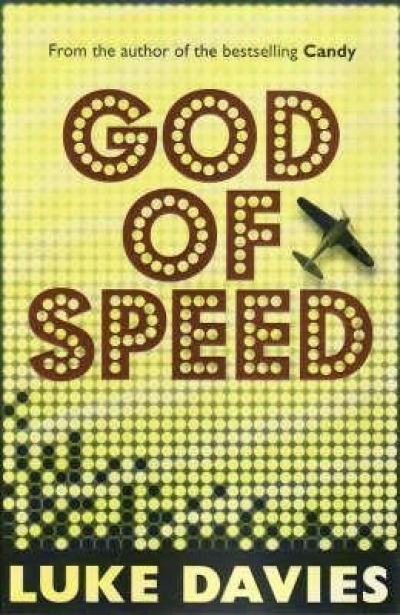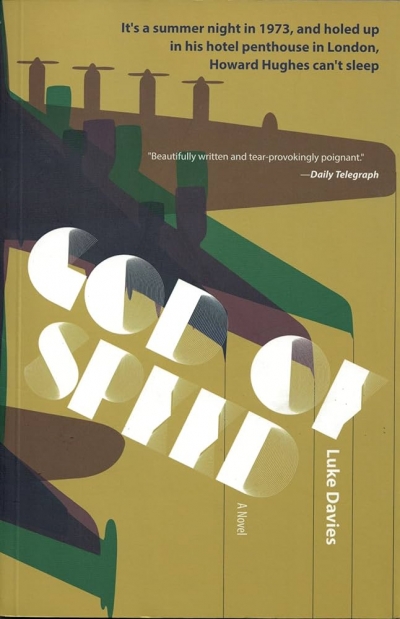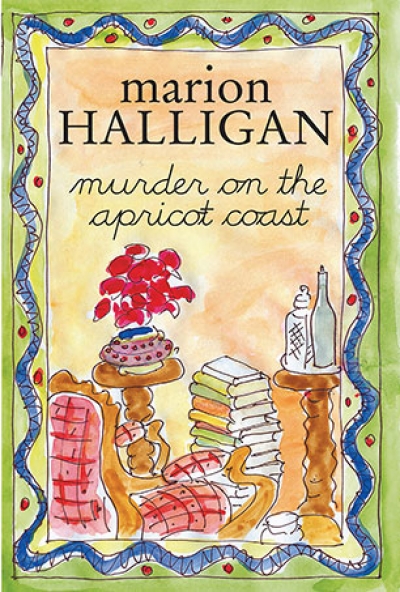Allen & Unwin
A Military History of Australia by Jeffrey Grey & Duty First by David Horner and Jean Bou
by Peter Edwards •
Unstill Life by Judith Pugh & Self-Portrait of the Artist’s Wife by Irena Sibley
by Vivien Gaston •
Macquarie PEN anthology of Aboriginal literature edited by Anita Heiss and Peter Minter
by Jaya Savige •
Genius Squad by Catherine Jinks & At Seventeen by Celeste Walters
by Maya Linden •
Magnificent Obsession: The story of the Mitchell Library, Sydney by Brian H. Fletcher
by John Thompson •

